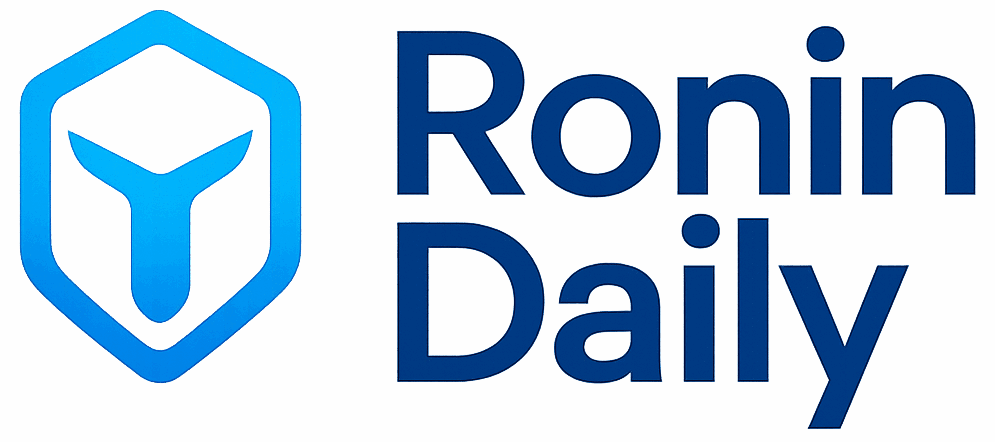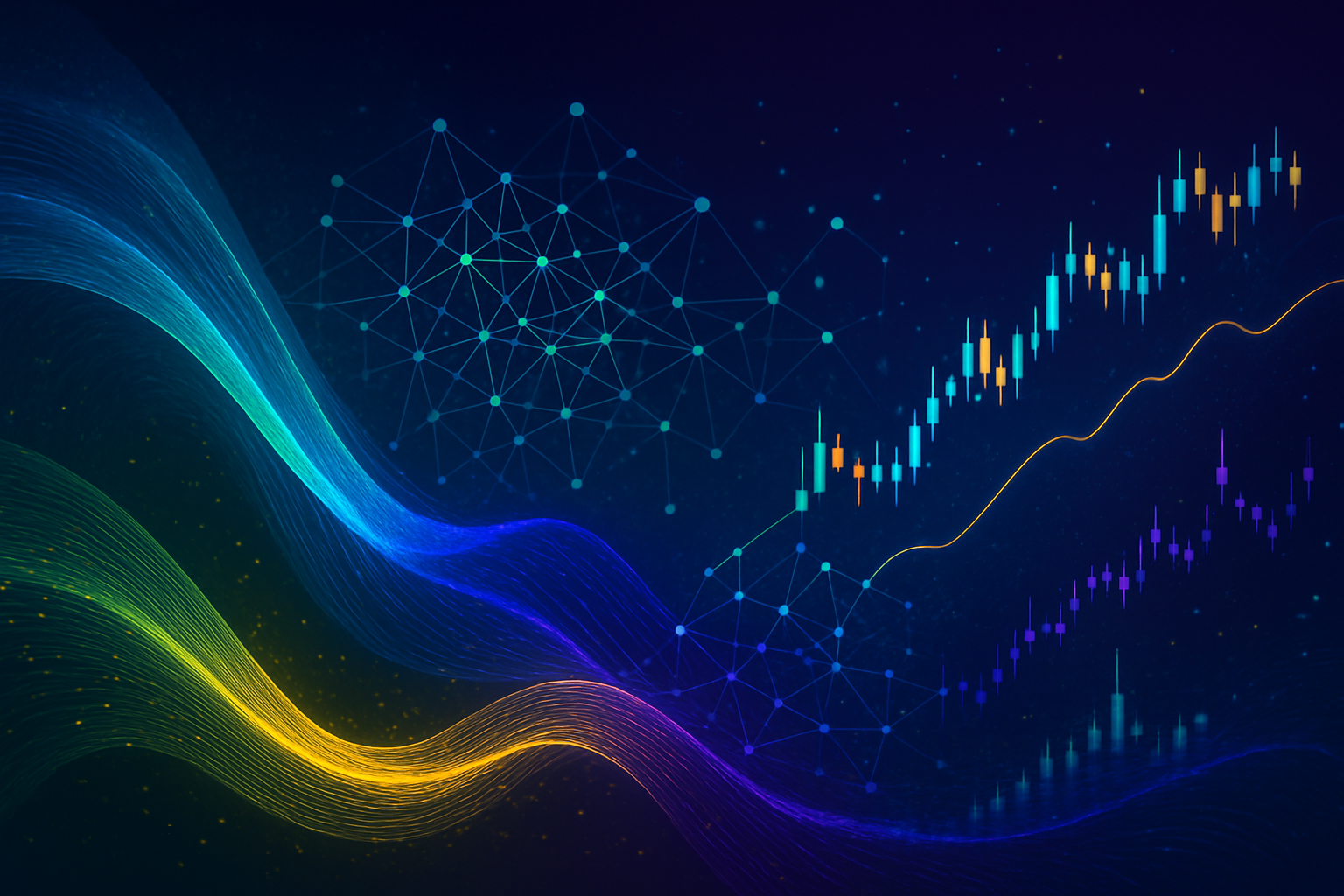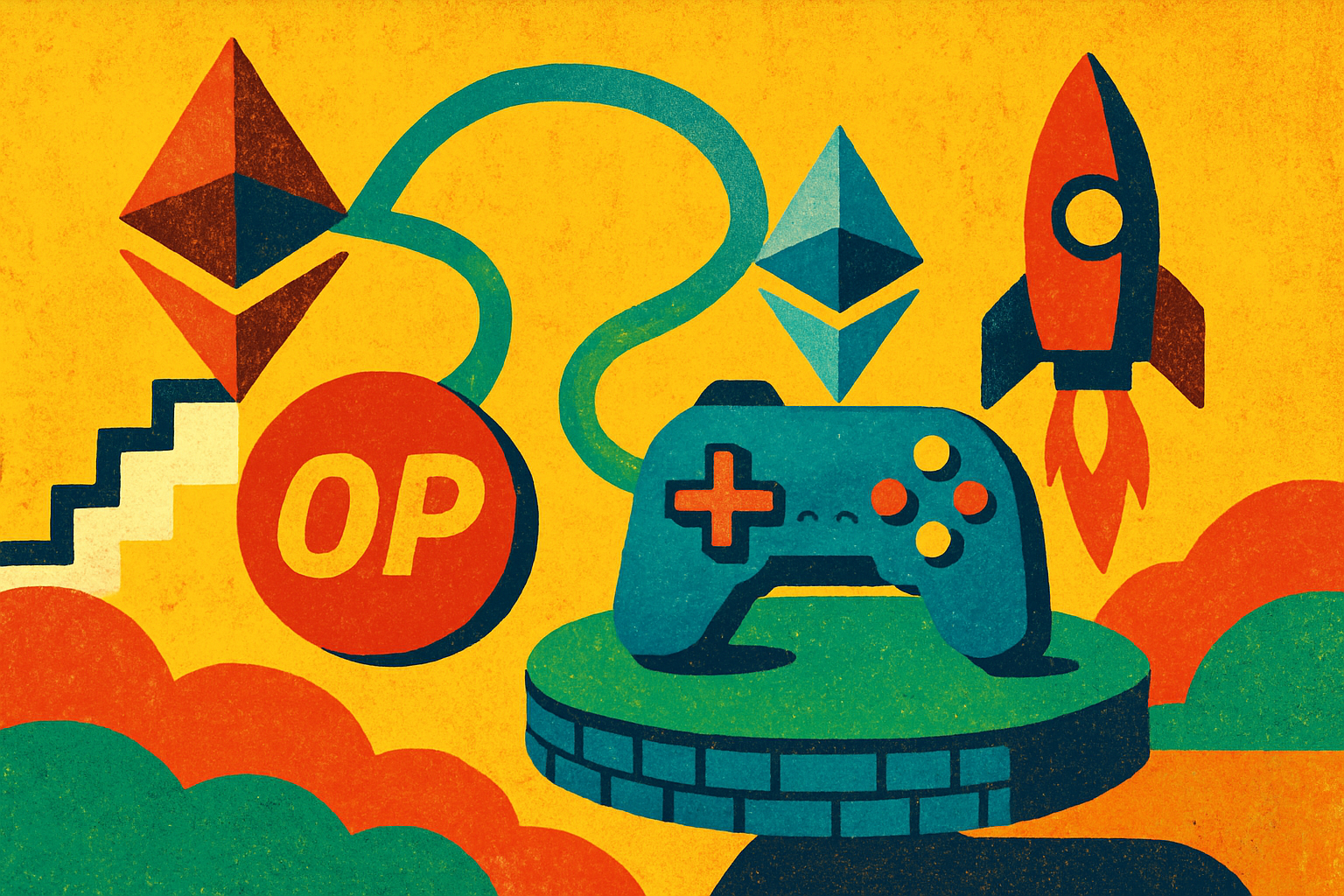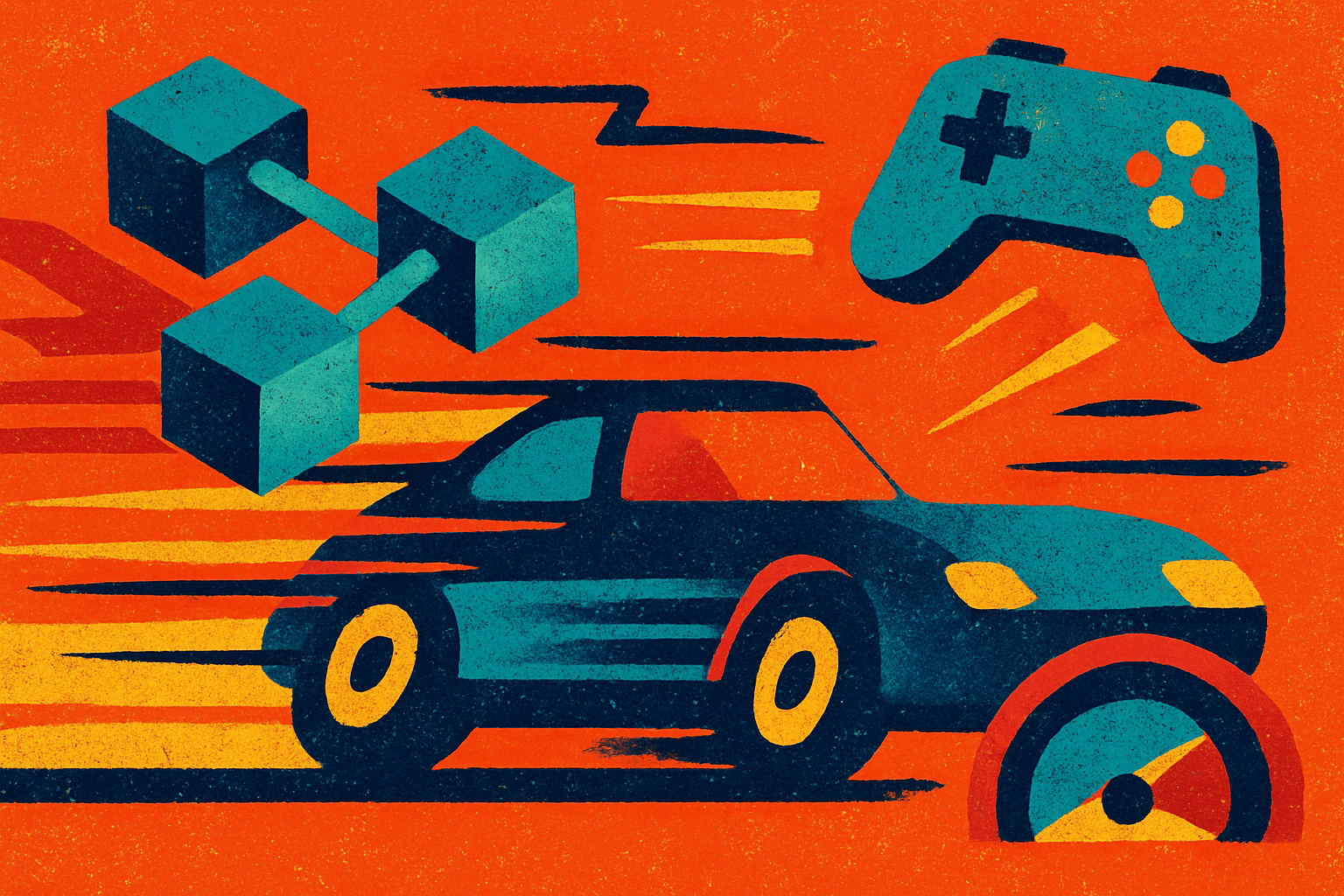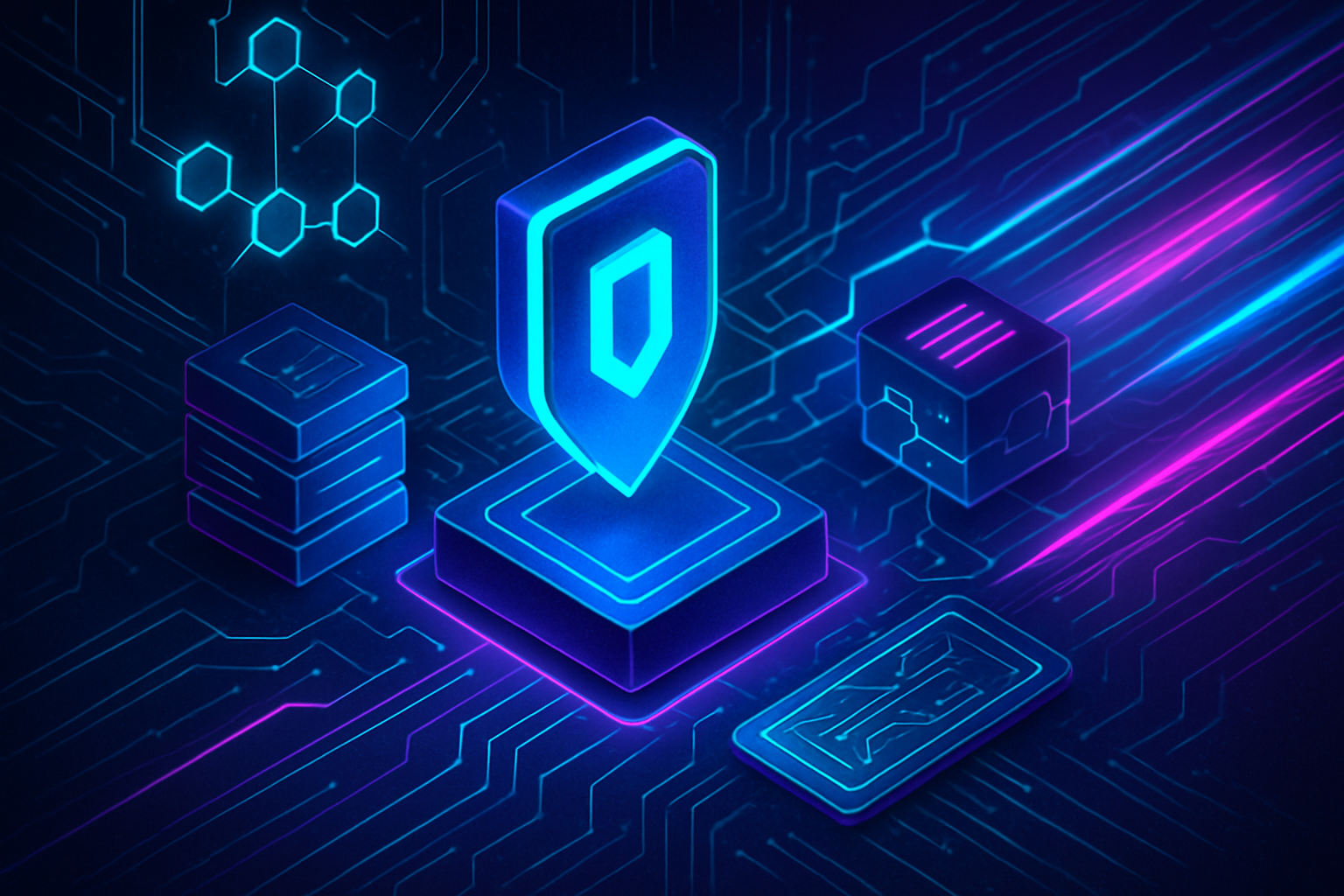
Ronin’s evolution from a standalone sidechain to an Ethereum Layer 2 (L2) rollup marks a pivotal moment for blockchain scalability, especially in gaming and NFT ecosystems. With the latest market price of $0.4938 for RON, Ronin’s native token, the network is positioning itself to address one of the most persistent challenges in blockchain: the data throughput bottleneck. As Ethereum’s L2 solutions collectively push network transaction speeds above 100,000 TPS, Ronin’s pivot to zkEVM rollups is engineered to deliver both speed and security while maintaining its distinct user-centric focus.
Why Data Throughput Matters in Blockchain Scaling
The surge in decentralized applications and on-chain gaming has exposed the limitations of traditional blockchain architectures. High user demand leads to network congestion, increased fees, and slower confirmation times, symptoms of a classic blockchain data bottleneck. For Ronin, which carved out its niche by powering hit titles like Axie Infinity, ensuring seamless gameplay and NFT transfers at scale is non-negotiable.
Layer 2 rollups tackle this challenge by bundling thousands of off-chain transactions into a single on-chain commitment. This approach not only slashes costs but also amplifies throughput without compromising on security. By leveraging zkEVM technology, Ronin can process transactions with near-instant finality while posting cryptographic proofs to Ethereum for validation.
Ronin Rollups: The Technical Edge
Unlike optimistic rollups, which assume transaction validity by default and require a challenge period, zero-knowledge (ZK) rollups like those adopted by Ronin use succinct cryptographic proofs that guarantee correctness before settlement. This means lower latency and faster settlement, key advantages for high-frequency gaming platforms.
Performance benchmarks from Ronin Docs highlight the improvements: reduced prover time, compressed transaction data, and lower settlement costs. The zkEVM architecture is not just about raw speed; it preserves compatibility with existing Ethereum smart contracts while making it possible to handle vastly higher volumes without sacrificing security or decentralization.
Tackling Data Availability: The Next Frontier
A critical hurdle for any rollup protocol is ensuring data availability (DA): that is, making sure all necessary transaction data remains accessible to validators and users even as it’s posted off-chain. If DA fails, users risk losing access to their assets or seeing network downtime.
Ronin’s solution is a multi-pronged strategy: deploying a decentralized sequencer alongside a dedicated Data Availability Committee (DAC). This model distributes responsibility across trusted parties who guarantee that transaction data will always be posted back to Ethereum mainnet as needed. Such mechanisms are essential for maintaining both high scalability and robust security guarantees as user activity intensifies.
This architecture positions Ronin not only as an L2 optimized for gaming but also as a testbed for advanced rollup infrastructure within the broader Web3 ecosystem. As validator governance reviews the final phases of the upgrade, set for completion by Q1-Q2 2026, the stage is set for a new era of scalable, efficient blockchain applications.
For developers and ecosystem participants, Ronin’s zkEVM rollup and DA committee present a unique blend of performance and reliability. Unlike many L2s that prioritize generic DeFi throughput, Ronin’s architecture is expressly tuned for the rapid-fire, asset-heavy demands of Web3 games and NFT platforms. This focus on vertical-specific optimization is already attracting attention from game studios seeking to onboard millions of users without exposing them to the friction of high gas fees or sluggish confirmations.
Ronin Analytics: Measuring Real-World Impact
With the upgrade, Ronin analytics are expected to show dramatic increases in both transaction volume and user retention. The ability to handle a higher number of transactions per second, coupled with reduced settlement costs, directly benefits both developers and end-users. Early benchmarks suggest that zkEVM-based rollups can reduce average transaction fees by over 90% compared to mainnet Ethereum, a crucial differentiator as competition among L2s intensifies.
Key Benefits of Ronin L2 Data Throughput for Studios & NFT Projects
-
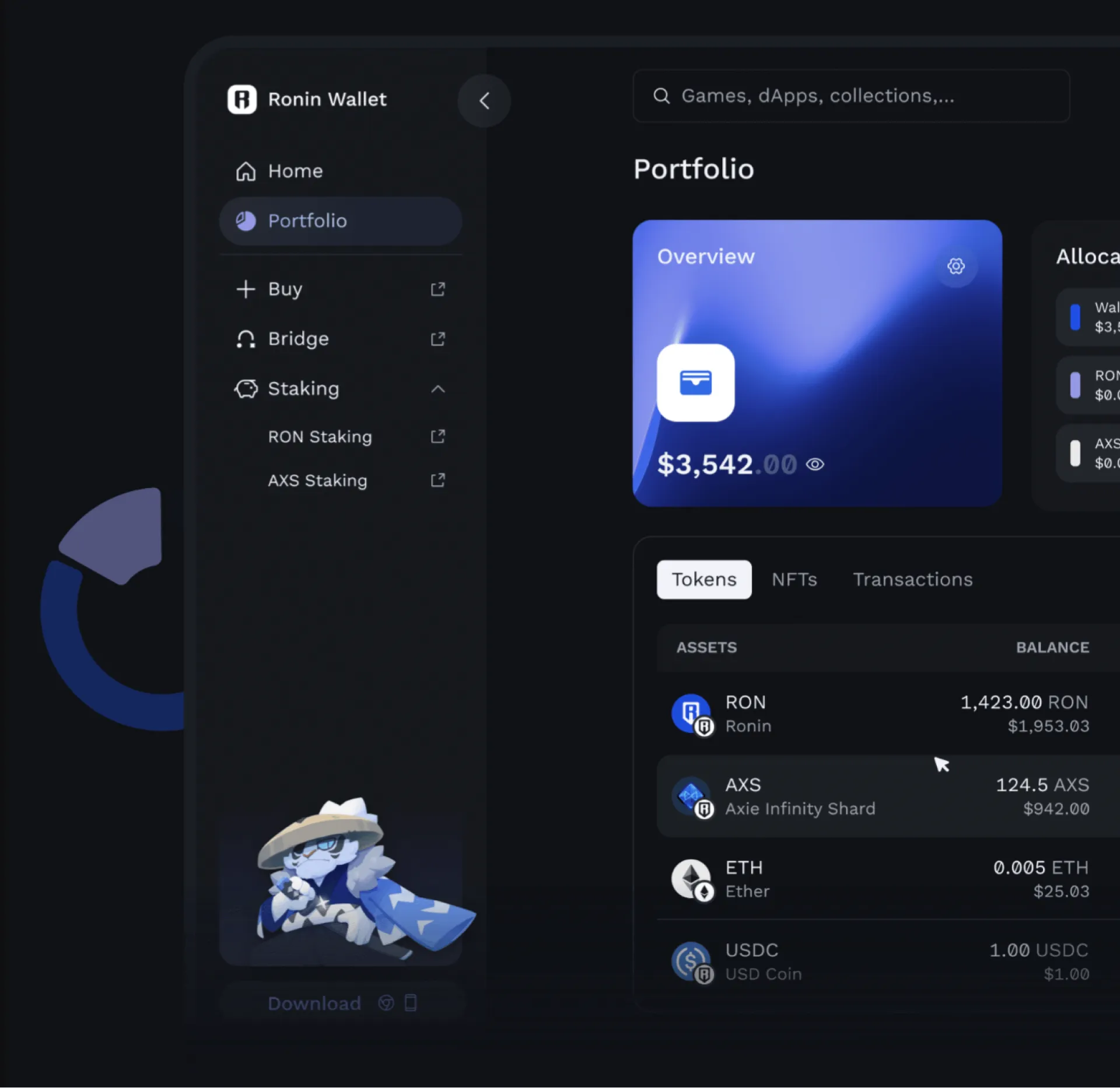
Massively Increased Transaction Capacity: Ronin’s zkEVM rollup enables the network to process thousands of transactions per second, eliminating congestion and supporting large-scale gaming and NFT launches without delays.
-
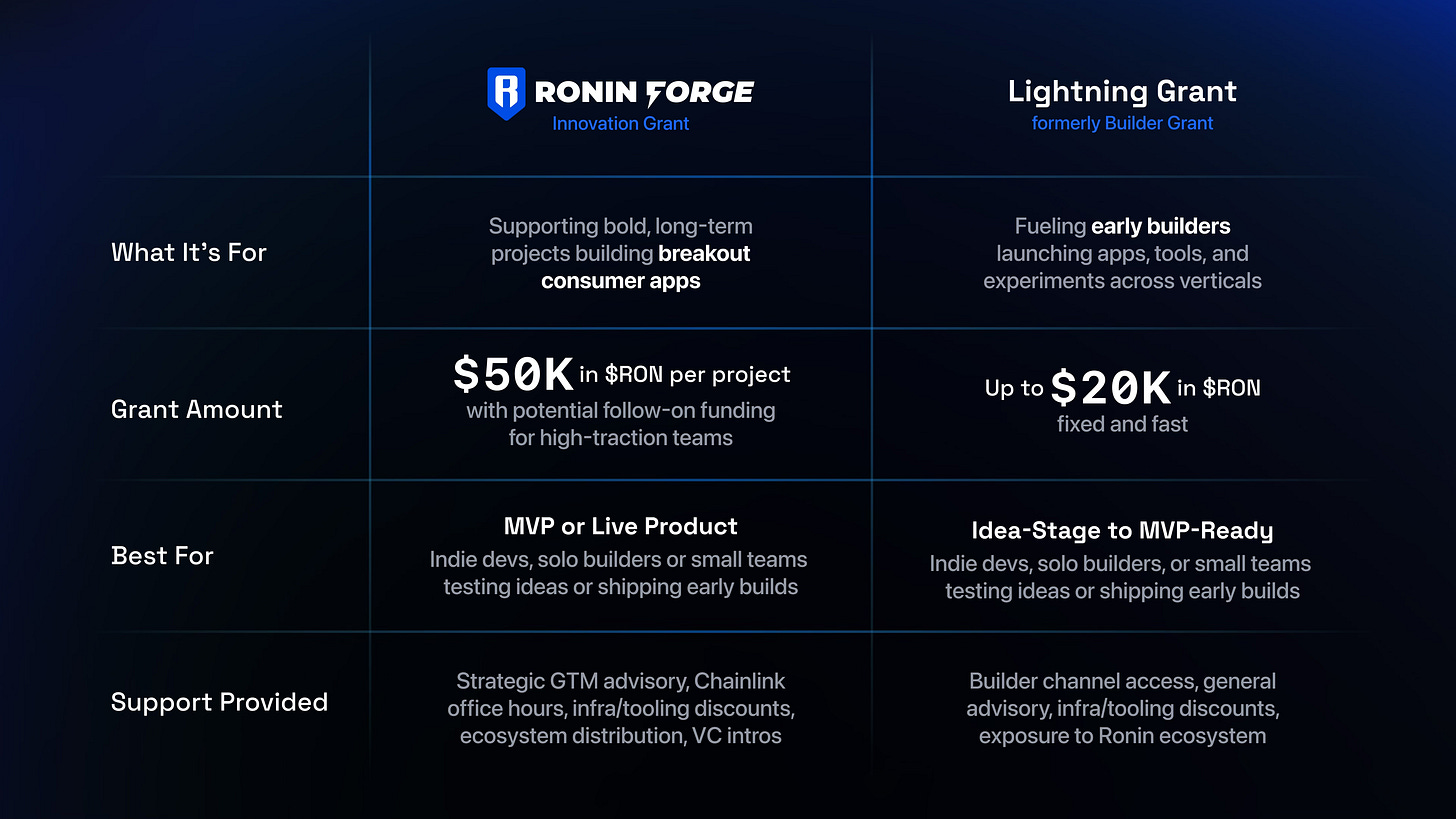
Significantly Lower Transaction Costs: By batching transactions off-chain and settling them on Ethereum, Ronin L2 slashes gas fees, making microtransactions and NFT minting affordable for both studios and players.
-
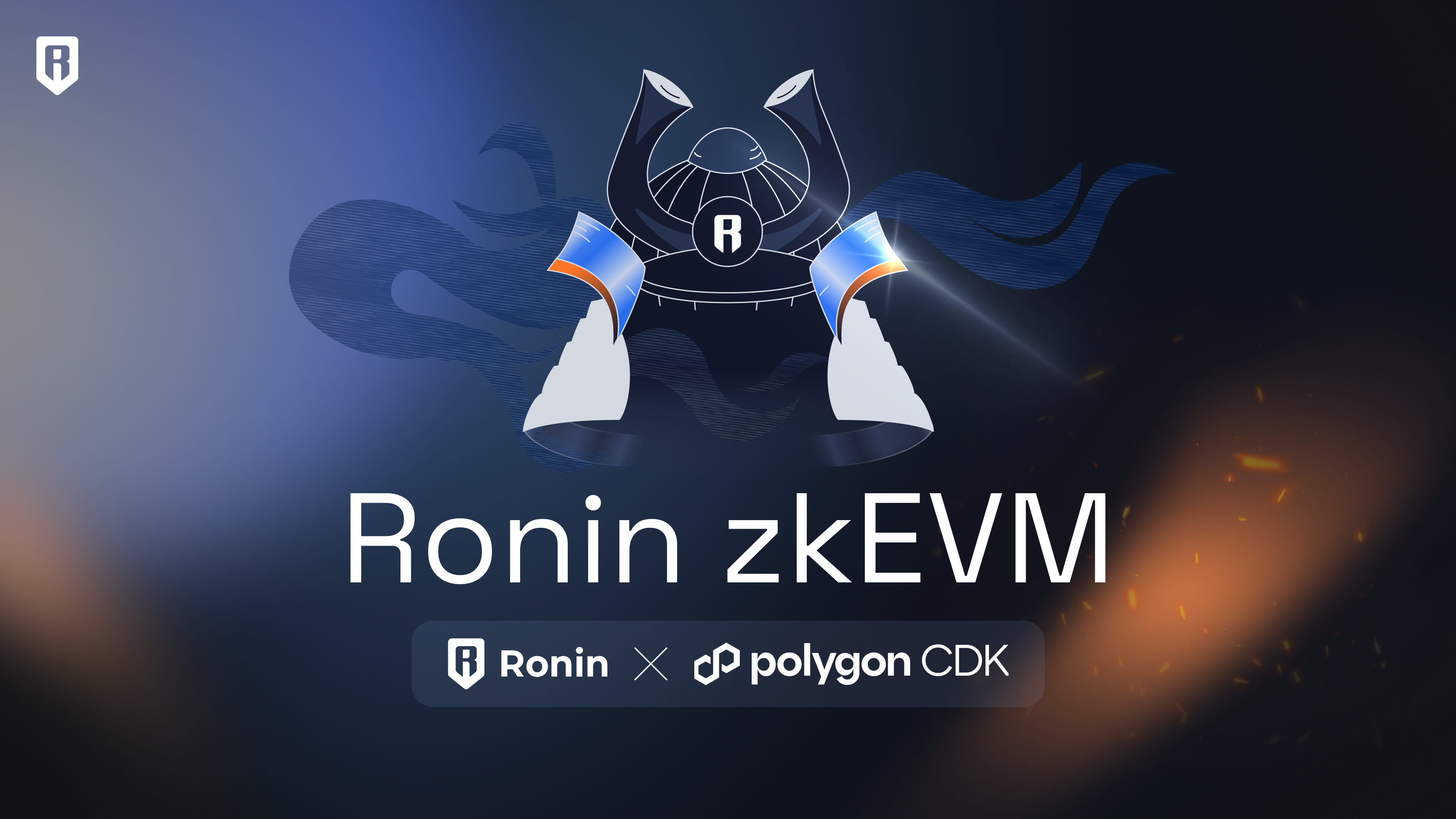
Fast and Reliable Finality: Zero-knowledge proofs allow for near-instant transaction confirmation, providing seamless gameplay experiences and immediate NFT transfers—critical for real-time games and marketplaces.
-

Ethereum-Grade Security: Posting transaction data to Ethereum mainnet and leveraging a decentralized sequencer with a Data Availability Committee (DAC) ensures robust security and data integrity for gaming assets and NFTs.
-
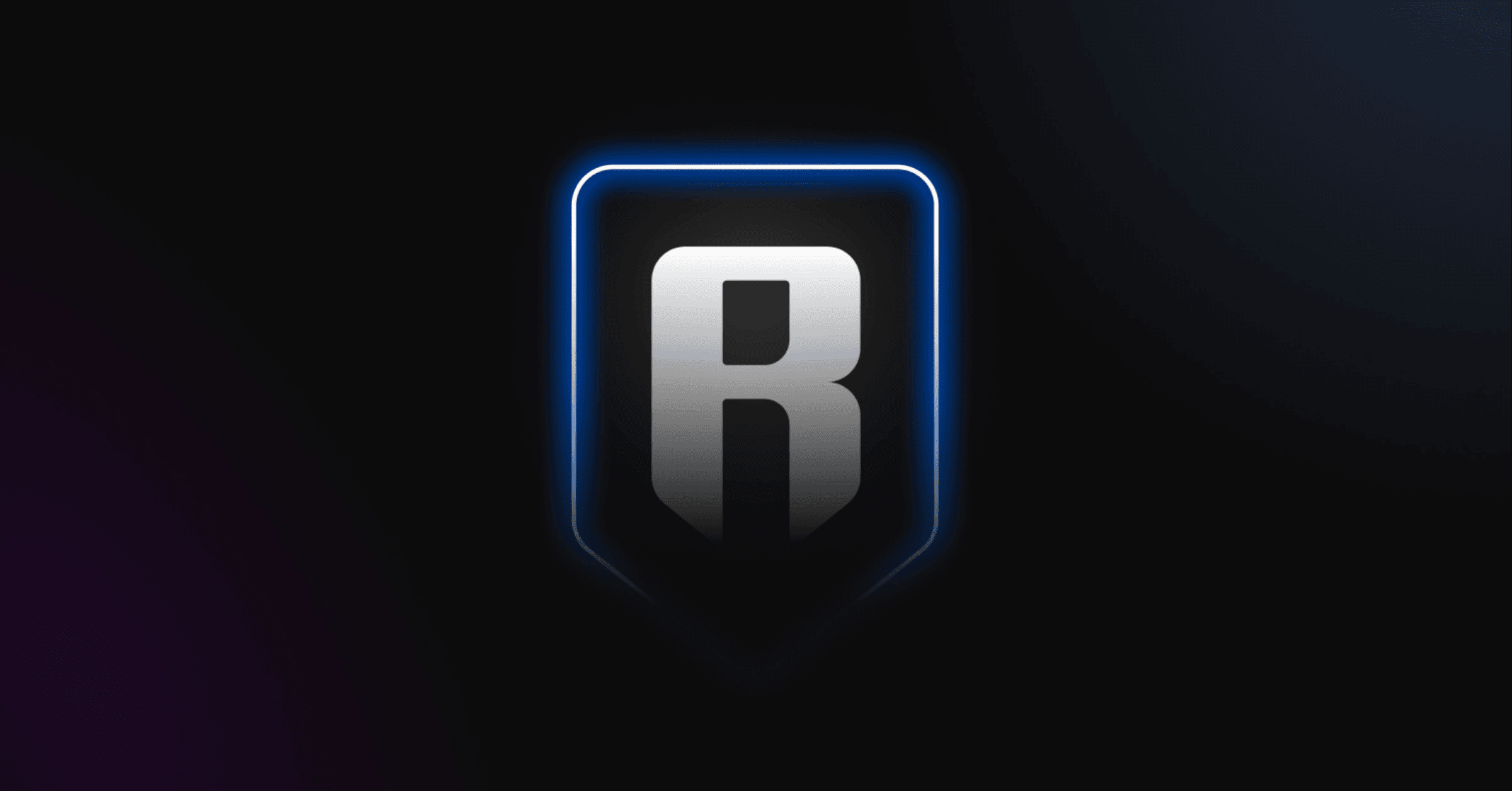
Native Compatibility With Ethereum Ecosystem: Ronin’s zkEVM is fully compatible with existing Ethereum smart contracts and tools, enabling easy integration for studios and NFT projects already building on Ethereum.
-
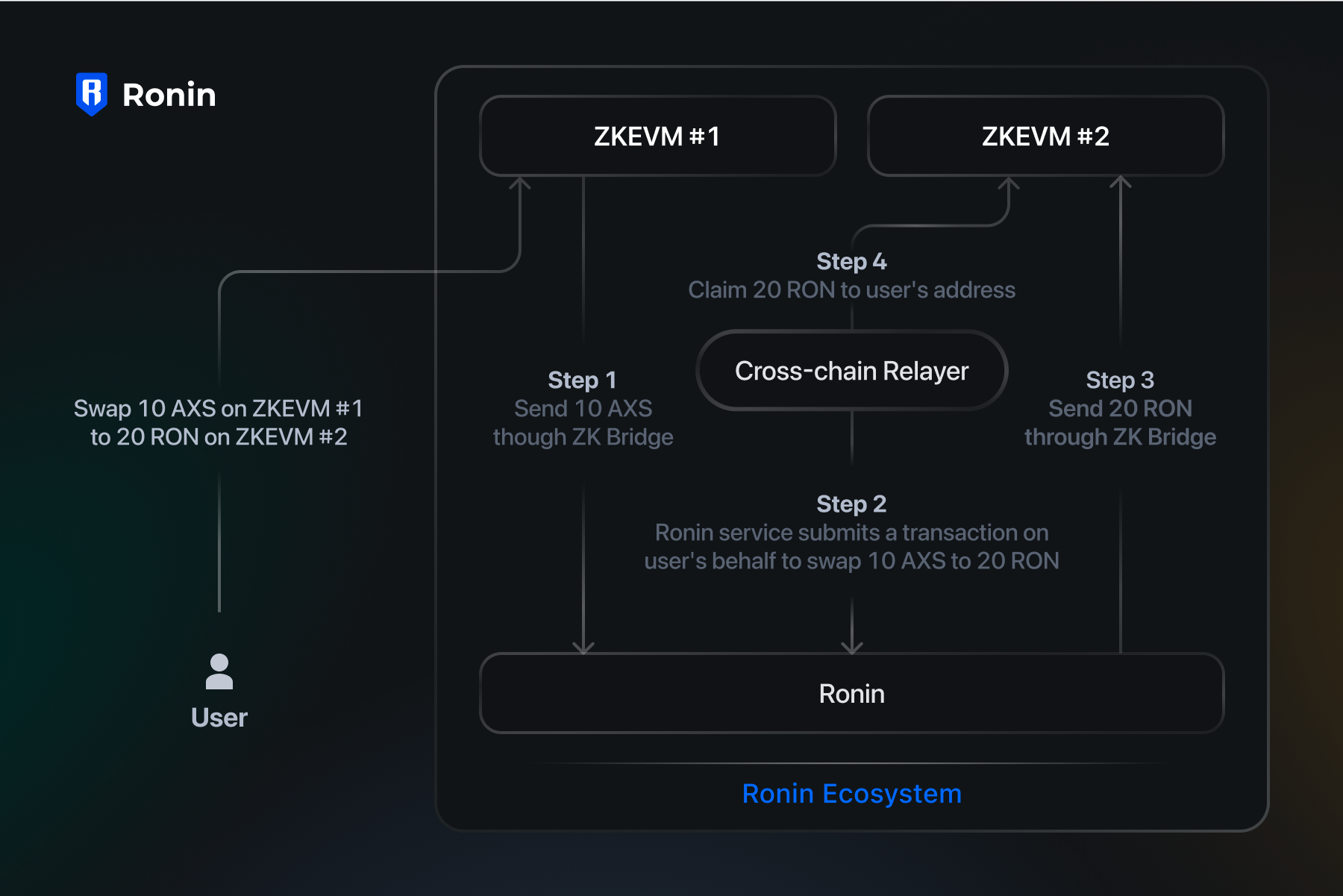
Enhanced User Experience for Web3 Games: Low latency and high throughput remove friction for onboarding, in-game purchases, and NFT trading, supporting mainstream adoption of blockchain gaming.
The real-world implications extend beyond technical metrics. As Blockworks reports, Ronin’s transition means inheriting Ethereum’s security guarantees while retaining its own gas token ($RON), creating a dual incentive structure for both validators and stakers. This hybrid approach could set a precedent for other specialized rollups looking to balance ecosystem independence with mainnet-level trust.
How Rollups Are Shaping Blockchain’s Future
Rollup-centric scaling is rapidly becoming the dominant paradigm in blockchain infrastructure. With Ethereum’s network TPS now exceeding 100,000 thanks to L2 adoption, the era of monolithic chains giving way to modular designs is well underway. Ronin’s move is emblematic of this shift, prioritizing composability, interoperability, and developer experience over siloed ecosystem control.
The ongoing upgrade process (scheduled for Q1-Q2 2026) will be closely watched not only by Web3 gaming leaders but also by competing L2 projects eager to benchmark against Ronin’s performance results. The introduction of a decentralized sequencer and DAC signals a broader industry trend toward more resilient data availability solutions, a necessity as blockchains strive for mainstream adoption without sacrificing user sovereignty or uptime.

What Comes Next for Ronin Data Throughput?
As RON trades at $0.4938, market participants are weighing both short-term volatility and long-term fundamentals tied to this architectural overhaul. The final hardfork will not only finalize Ronin’s homecoming as an Ethereum-aligned L2 but also unlock new tokenomics designed to reward developers who drive real usage on the network, a strategic move highlighted by Ronin Docs.
If successful, Ronin could serve as a blueprint for how application-specific rollups can overcome the blockchain data bottleneck while fostering vibrant ecosystems around NFTs and gaming assets. For now, all eyes are on validator governance as it steers this ambitious migration toward completion in 2026.
